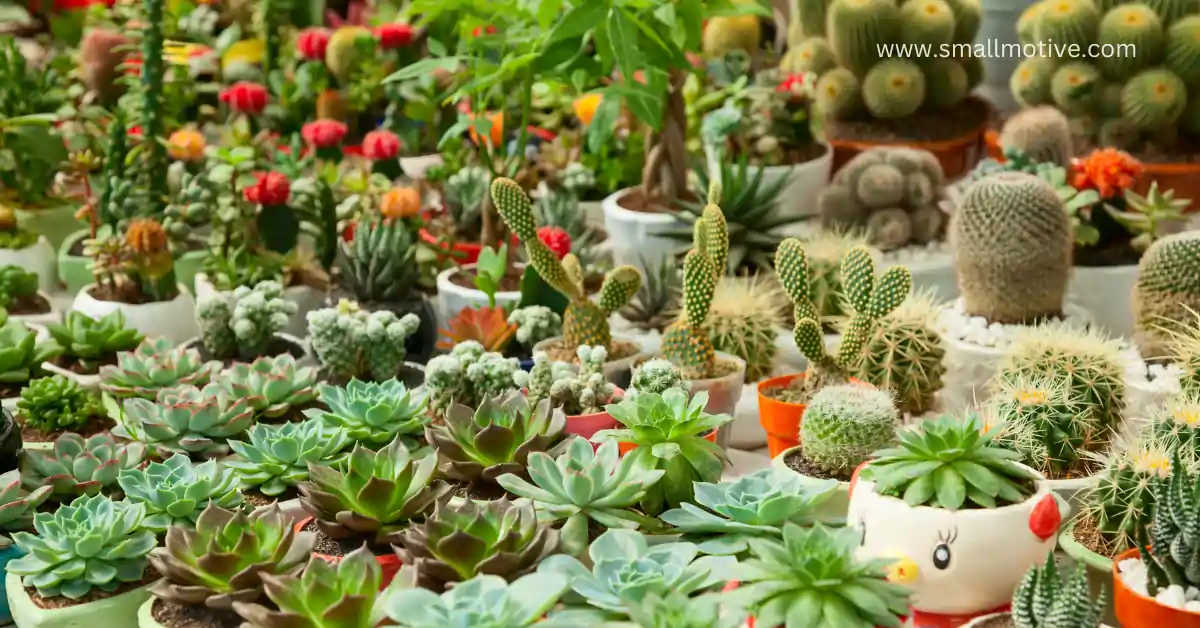Cactus Plants: Nature’s Resilient Beauties
Cactus plants, with their striking appearance and adaptability to harsh environments, have captivated the fascination of botanists, gardeners, and artists alike. From the arid deserts of the Americas to trendy urban apartments, these succulents have become enduring symbols of resilience, beauty, and uniqueness. In this comprehensive guide, we’ll explore everything you need to know about cactus plants, from their diverse species to their cultural significance and care requirements.
1. Introduction to Cactus Plants
What are cactus plants?
Cactus plants belong to the family Cactaceae and are characterized by their succulent stems and spiny appearance. They have evolved unique adaptations to survive in arid and semi-arid regions, such as storing water in their fleshy tissues and reducing leaf surface area to minimize water loss through transpiration.
Brief history and origin
Cacti have a rich evolutionary history, with fossil evidence suggesting their presence in the Americas dating back millions of years. They are believed to have originated in the Americas, with the majority of species found in North and South America.
2. Types of Cactus Plants
Common types of cactus plants
Cactus plants come in a wide variety of shapes, sizes, and colors. Some popular types include the Saguaro, Barrel Cactus, Prickly Pear, and Christmas Cactus. Each type exhibits unique characteristics, such as the iconic arms of the Saguaro or the flattened pads of the Prickly Pear.
Unique characteristics of each type
The diversity of cactus plants is astounding, with some species adapted to withstand extreme heat and drought, while others thrive in cooler climates or high altitudes. Their varied appearances make them popular choices for both indoor and outdoor decoration.

3. Caring for Cactus Plants
Light and temperature requirements
Cactus plants prefer bright, indirect light and thrive in temperatures between 65 and 90°F (18°C to 32°C). However, some species can tolerate colder or hotter conditions depending on their natural habitat.
Watering and soil needs
One of the most common mistakes in caring for cactus plants is overwatering. To ensure optimal growth, it’s essential to cultivate plants in soil that drains well. Water them sparingly, ensuring the soil dries out completely between each watering. In winter, lessen watering to prevent root rot.
Pots and containers
When selecting pots or containers for cactus plants, choose ones with drainage holes to prevent waterlogged soil. Terra cotta pots are ideal as they allow excess moisture to evaporate more easily.
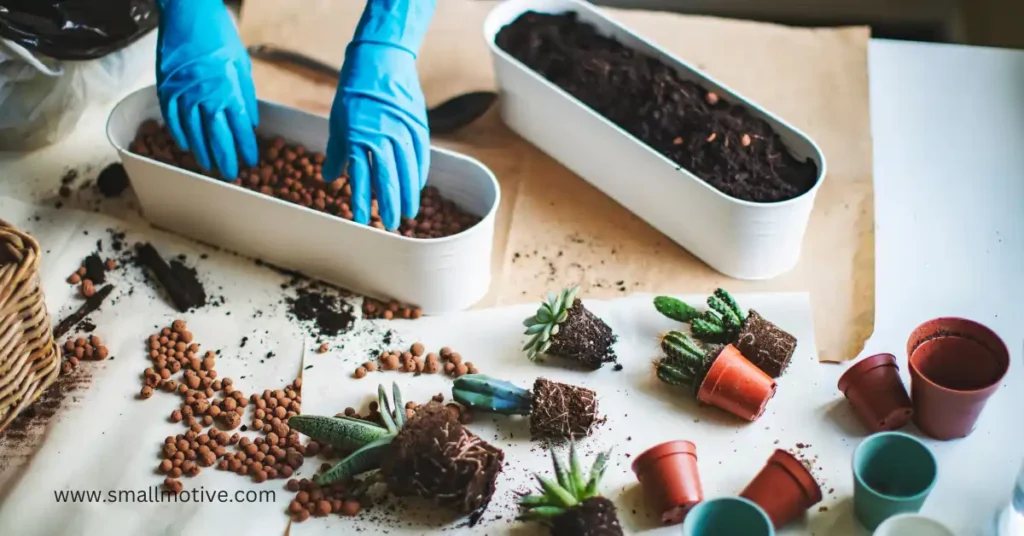
4. Propagation of Cactus Plants
Seed propagation
While cactus plants can be propagated from seeds, it’s a slow process that requires patience. Start by planting seeds in a well-draining soil mix and keep them moist until germination occurs.
Division and offsets
Many cactus species produce offsets or “pups” that can be separated from the parent plant and replanted to grow into new plants. Allow the offsets to dry for a few days before planting them in their pots.
Grafting techniques
Grafting is a common method used to propagate cactus plants, especially rare or slow-growing varieties. It involves attaching a cutting from one cactus onto the rootstock of another, creating a hybrid plant with the desirable traits of both.
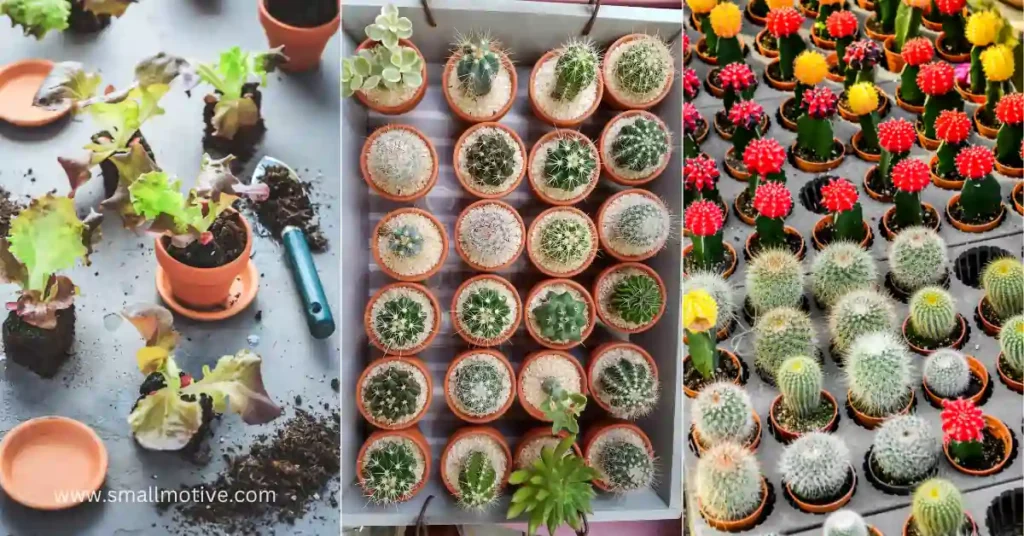
5. Common Pests and Diseases
Identifying pests and diseases
Cactus plants are relatively low-maintenance but can still fall victim to pests such as scale insects, mealybugs, and spider mites. Common diseases such as root rot, often caused by overwatering, and fungal infections are prevalent.
Preventive measures and treatments
To prevent pest infestations, inspect your cactus plants regularly and isolate any affected specimens. To combat pests effectively, consider employing natural remedies like neem oil or insecticidal soap. For diseases, improve air circulation and avoid overwatering to reduce the risk of fungal infections.
6. Decorating with Cactus Plants
Indoor and outdoor decor ideas
Cactus plants are versatile and can be used to create stunning indoor displays or enhance outdoor landscapes. Pair them with other succulents and desert plants for a cohesive look, or showcase them as statement pieces in minimalist interiors.
Creative arrangements and displays
Get creative with your cactus displays by incorporating unique containers, such as vintage tins or geometric terrariums. Mix and match different species and sizes to create visual interest and texture.

7. Symbolism and Cultural Significance
Symbolic meanings of cactus plants
In various cultures, cactus plants symbolize endurance, protection, and survival. Their ability to thrive in harsh conditions has made them symbols of resilience and strength.
Cultural associations around the world
From the saguaro cactus of the American Southwest to the prickly pear cactus of Mexico, cacti hold special significance in the folklore and traditions of indigenous peoples. They feature prominently in art, music, and religious ceremonies.
8. Myths and Misconceptions
Debunking common myths
Despite their popularity, cactus plants are often surrounded by myths and misconceptions. One common myth is that cacti need very little water to survive, leading to the misconception that they can go for long periods without watering.
Addressing misconceptions about cactus plants
While it’s true that cacti are drought-tolerant plants, they still require regular watering to thrive, especially during their active growing season. Overwatering, on the other hand, can lead to root rot and other issues.
9. Cactus Plants in Art and Literature
Representation in art and literature
Cactus plants have inspired artists and writers for centuries, appearing in paintings, poems, and novels. Their unique shapes and textures make them popular subjects for still-life paintings and botanical illustrations.
Influence on various forms of creative expression
In addition to visual art, cactus plants have influenced literature, music, and fashion. They evoke feelings of mystery and solitude, often serving as symbols of the desert landscape and the human experience.

10. Cactus Plants in Popular Culture
Cactus in movies, TV shows, and music
Cactus plants frequently make appearances in popular culture, symbolizing themes of survival, resilience, and independence. They have been featured in countless films, TV shows, and album covers, becoming iconic symbols of the American Southwest.
Cactus as a pop culture icon
From the classic Western film “The Good, the Bad, and the Ugly” to modern-day cartoons and video games, cactus plants continue to capture the imagination of audiences around the world. Their distinctive silhouette and prickly appearance make them instantly recognizable icons of the desert landscape.
11. Cactus Conservation Efforts
Threats to cactus populations
Despite their hardy nature, many cactus species are facing threats from habitat loss, illegal poaching, and climate change. Human activities such as urbanization and agriculture are encroaching on their natural habitats, putting them at risk of extinction.
Conservation initiatives and organizations
To combat these threats, various conservation initiatives and organizations are working to protect cactus populations and their habitats. Efforts include habitat restoration, seed banking, and public education programs to raise awareness about the importance of preserving these iconic plants.
12. Medical and Culinary Uses
Medicinal properties of certain cactus species
Some cactus species, such as the prickly pear cactus, have been used for centuries in traditional medicine to treat a variety of ailments, including wounds, burns, and digestive disorders. The pads and fruits of certain cacti contain antioxidants and anti-inflammatory compounds that may offer health benefits.
Culinary uses in different cuisines
Cactus plants are also valued for their culinary uses in various cuisines around the world. The pads, known as nopales, are often cooked and eaten as vegetables in Mexican and Southwestern cuisine. They can be grilled, sautéed, or pickled and added to salads, tacos, and other dishes.
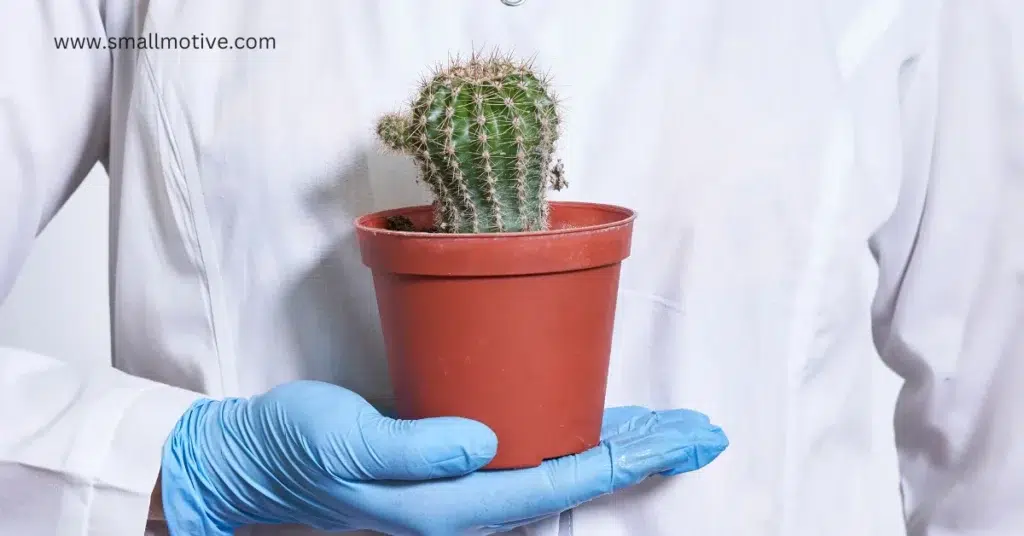
13. Cactus Plants in Gardening Trends
Growing popularity in gardening trends
In recent years, cactus plants have experienced a resurgence in popularity as houseplants and garden accents. Their low-maintenance nature and striking appearance make them ideal choices for busy homeowners and urban dwellers.
Incorporating cactus plants in modern landscapes
Cactus plants are versatile additions to modern landscapes, where they can be used to create drought-tolerant gardens, xeriscapes, and rock gardens. Pair them with ornamental grasses, succulents, and gravel for a contemporary look that requires minimal upkeep.
14. Cactus Festivals and Events
Annual celebrations dedicated to cactus plants
Throughout the world, cactus enthusiasts gather to celebrate these iconic plants at various festivals and events. From botanical garden exhibitions to cactus sales and workshops, these gatherings offer opportunities for education, appreciation, and community building.
Festivals around the world
Some notable cactus festivals include the Feria de Cactáceas y Suculentas in Mexico, the Cactus and Succulent Society of America’s annual show and sale, and the Chelsea Flower Show in the UK, which often features stunning cactus displays.
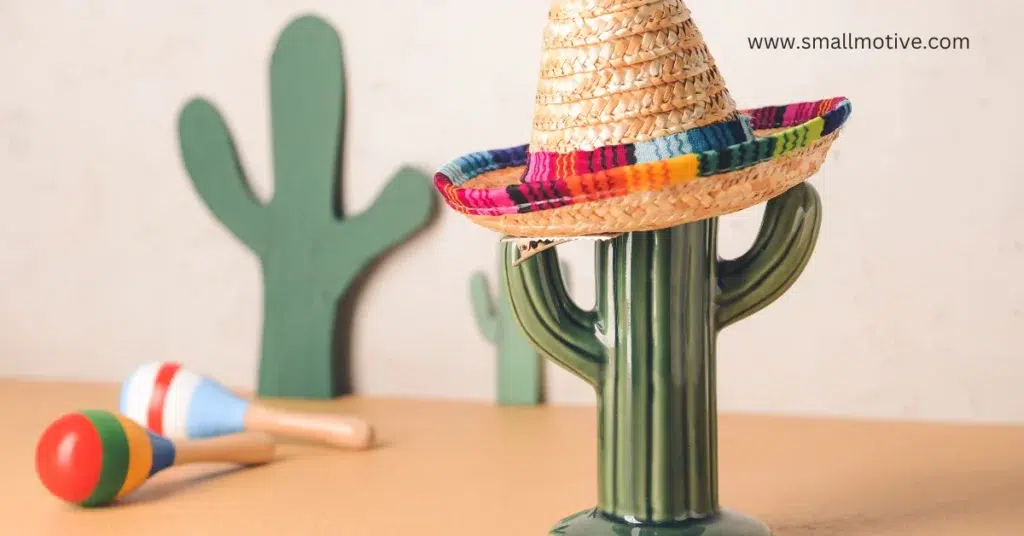
15. Conclusion
Cactus plants are more than just ornamental additions to gardens and homes; they are living symbols of resilience, adaptability, and beauty. From their humble origins in the deserts of the Americas to their widespread popularity in modern culture, cacti continue to inspire awe and admiration around the world. Whether you’re a seasoned gardener or a novice plant enthusiast, incorporating cactus plants into your life can bring a touch of the desert’s mystique and charm into your everyday surroundings.
FAQs About Cactus Plants
- Are cactus plants easy to care for?
- Despite their reputation for being low-maintenance, cactus plants require specific care to thrive. It’s essential to provide them with the right light, soil, and watering conditions.
- How often should I water my cactus plants?
- The frequency of watering depends on factors such as the type of cactus, the climate, and the time of year. In general, water sparingly, allows the soil to dry out between waterings.
- Can cactus plants survive indoors?
- Yes, many cactus species can thrive indoors as long as they receive adequate sunlight and proper care. Choose varieties that are suited to indoor environments and provide them with bright, indirect light.
- Do cactus plants flower?
- Yes, many cactus species produce beautiful flowers in a range of colors and shapes. Flowering usually occurs in response to specific environmental conditions, such as temperature and daylight hours.
- Are cactus plants endangered?
- While some cactus species are threatened by habitat loss and illegal harvesting, many are still abundant in their natural habitats. However, conservation efforts are crucial to protecting vulnerable populations and preserving biodiversity.
